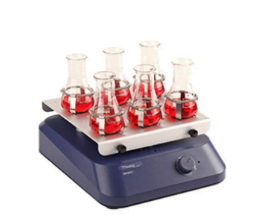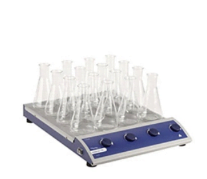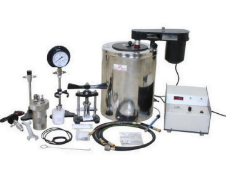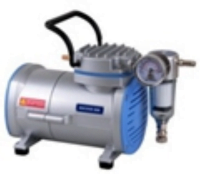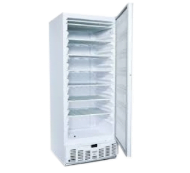| Gravity Convection (Natural Convection) |
Uses natural convection currents for heat distribution. |
Simple design, affordable, low maintenance. |
Less temperature uniformity, suitable for applications where precise control isn’t critical (e.g., powder drying). |
| Forced Convection |
Employs a fan for even hot air circulation. |
Faster drying times, improved temperature uniformity, better for heat-sensitive materials. |
Generally more expensive than gravity convection ovens. |
| Vacuum |
Combines forced convection with a vacuum for low-pressure drying. |
Faster drying at lower temperatures (ideal for heat-sensitive materials), removes trapped gases/solvents. |
Most expensive type, complex operation. |
| Inert Gas |
Uses inert gas (like nitrogen) instead of air within the chamber. |
Minimizes oxidation of samples during drying. |
Requires additional inert gas supply, adding complexity and cost. |
| Explosion-Proof |
Designed with safety features to contain potential explosions. |
Essential for drying flammable solvents or materials that release vapors. |
More expensive, may have limitations on temperature range or size. |
| Cleanroom |
Designed for use in cleanroom environments to minimize contamination. |
HEPA filters, smooth surfaces for easy cleaning (minimizes particle shedding). |
Most expensive type due to cleanroom-specific features. |





